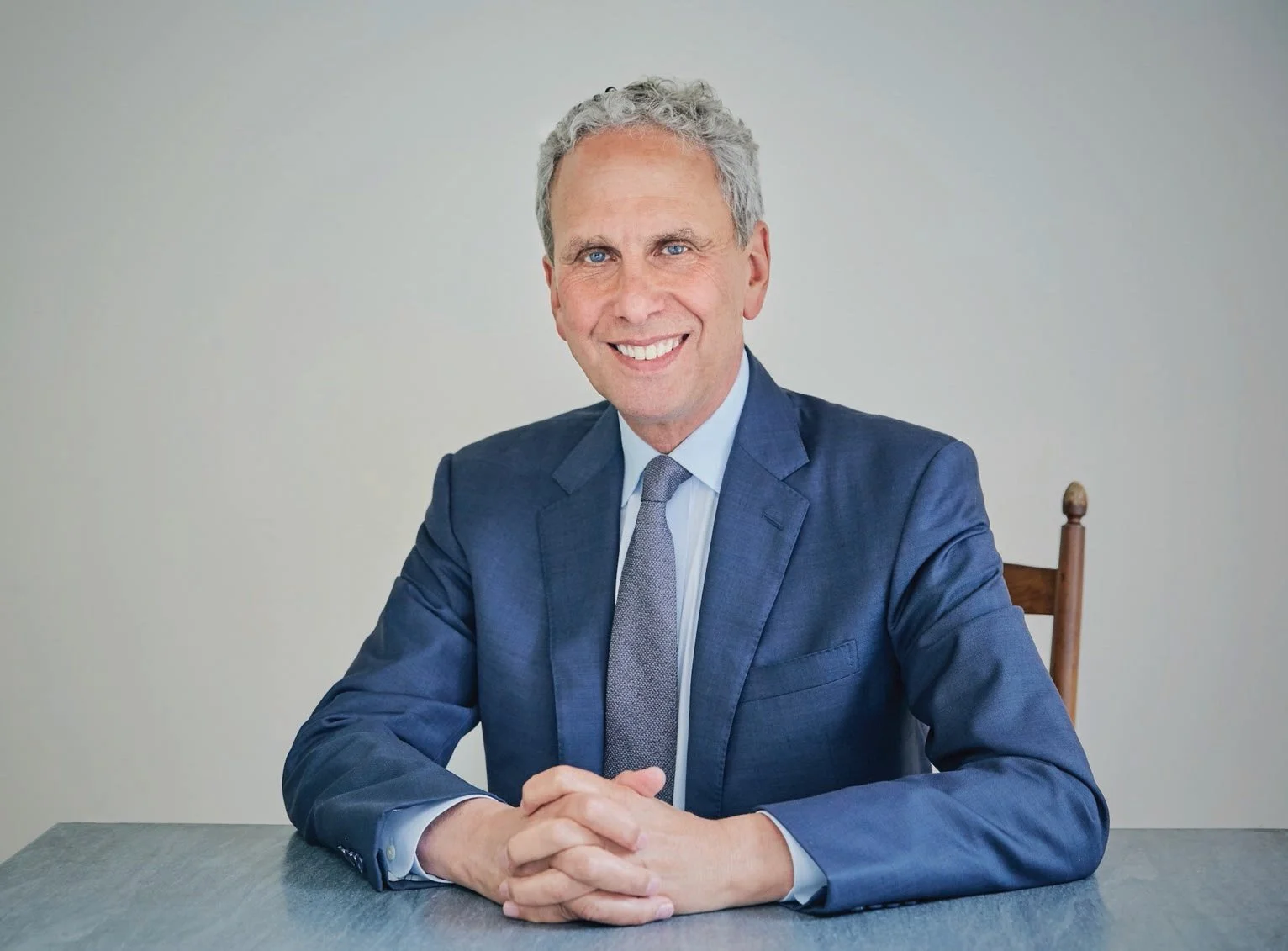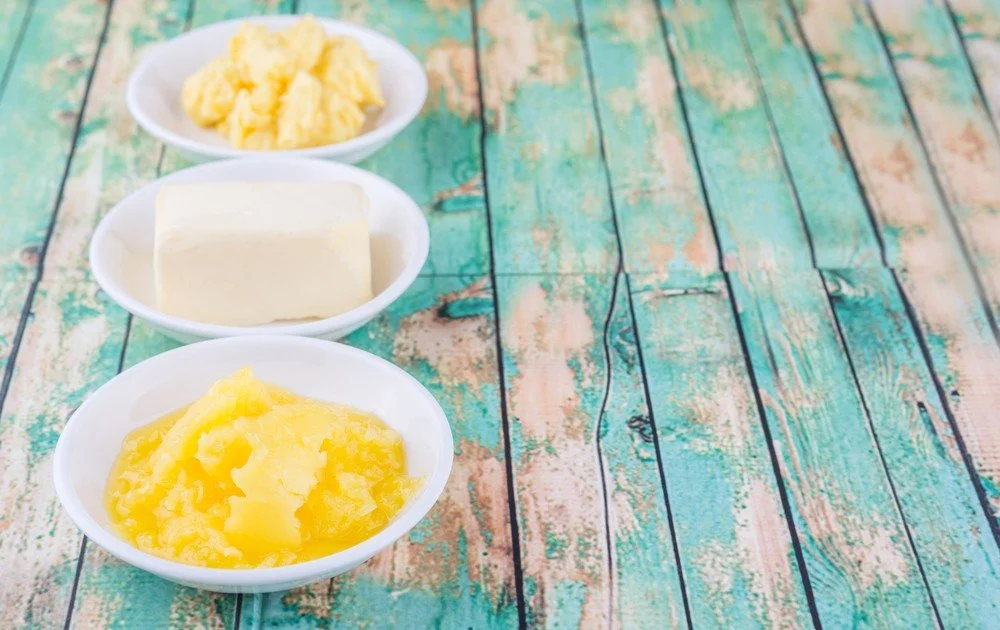Salt – is low salt really healthy?
An interesting article just came out in the Good Weekend magazine of the Age newspaper written by Mark Whittaker. Basically it outlines how there some new research and scientific studies showing that having low salt intakes are far worse than high intakes, even when it comes to things like heart disease, stroke and diabetes (things we’re commonly told to reduce salt intake to try and minimise the risks of).
Along with many other natural health practitioners, for years I’ve been saying that salt, when in its natural, unprocessed form is actually critical for optimal health and that many people actually need to be consuming more ‘good’ salt. See my blog on ‘healthy salt’ at and which I discussed in details in my book – Ancient Wisdom for Modern Health
Many modern experts disregard this new research as inaccurate (and I’m not saying it’s accurate either). To me, as is often the case, the key factor has been completely overlooked. The first consideration in the salt debate is not whether one’s intake is low or high, but whether we’re consuming ‘real’ salt or the crappy, health-damaging, commercial salt that all the studies assess.
Interestingly, what Whittaker’s article also makes clear, is how powerful the vested interests are in the medical and scientific community. Even the researchers who themselves do studies that find that those on low salt diets have worse health do not always speak out about their findings for fear of ‘going against the norm’.
Anyway, if you’re interested in this topic, I’ve pasted in the full article after the break.
SALT WARS
Written by Mark Whittaker
As appeared in the Good Weekend magazine (PH) on December 2, 2012 (* Note; not necessarily the views of Mark Bunn).
The benefits of reduced sodium chloride consumption have long been accepted, but some experts say this should be taken with a grain of, well, salt. Mark Whittaker meets those shaking up accepted medical thought.
Any diabetic with high blood pressure who walks into George Jerums’ Melbourne clinic will get the standard advice: if their salt intake is high, they should halve it. This is despite the fact that when Professor Jerums and his former PhD student, Dr Elif Ekinci, studied the salt intake of 638 elderly type-2 diabetics who went through his clinic at Heidelberg’s Austin Health, they found that those who ate less salt were significantly more likely to die.
What we found was the people with the lowest sodium intake had the worst cardiovascular outcomes.
After 10 years, it emerged that for every extra 2.3 grams of sodium (equal to about a teaspoon of salt) in their urine over a day, their risk of dying fell by 28 per cent. Even though those who ate more salt tended to be fatter, fewer died from “all causes” and, contrary to what we’ve been told about the dangers of salt to the heart, fewer died from heart disease and stroke.
“If the person’s blood pressure isn’t controlled, it’s an opportunity to say, ‘Your salt intake is 200 [millimoles]. If you could halve it, that would help your blood pressure control’, ” says Jerums. “That’s as far as we go. We don’t say, ‘But on the other hand, we don’t really know what we’re doing.’ ”
Surely, though, Jerums tells his patients to eat less salt because this study was just one flying in the face of decades of research proving that salt kills? But it is not. It is one of many studies that have shown better results for diabetics, heart-attack sufferers, and people with high blood pressure who did not restrict their salt intake – the very people who get told to cut it most emphatically. About seven studies have linked increased salt intake to increased death rates, but there have been twice as many that have either found no link or that increased salt is associated with lower death rates.
Despite this, the consistent health message of recent decades has been that salt is bad.
The food industry has been sluggish in cutting salt voluntarily, so the calls have gone out from the Heart Foundation and others for governments to get tough and treat salt like tobacco, without thought to the dangers of the preservatives and artificial flavours that would replace it, and indeed to the evidence that has caused it to be demonised it in the first place.
When Ekinci and Jerums’ research paper came out early last year, they were aware it challenged the salt-is-bad dogma but, in quick succession, four other studies followed with similar results.
The first was a study of 2807 Finns with type-1 diabetes. Those with both the lowest and highest sodium consumption died most often, while the majority in the middle were healthiest.
A study of 3681 Europeans with no history of cardiovascular disease found a death rate of 4.1 per cent in those with the lowest salt consumption, compared to 0.8 per cent in those with the highest salt consumption.
In November last year, a huge study of 28,800 Canadians found that those with the lowest salt intake died more often, as did those with the highest. The detrimental effects of a high-salt diet didn’t kick in until their intake hit three to four times more salt than is currently recommended. However, those consuming the amount of salt recommended by health authorities were well within the low-sodium group that died more often and suffered more cardiovascular events.
But the most authoritative paper was by the independent non-profit Cochrane Collaboration, which specialises in analysing the known body of evidence on all manner of medical questions.
It looked at seven randomised controlled studies (RCTs) that had related salt intake to mortality with a total of 6200 people involved. It found “no strong evidence” linking salt to mortality or heart disease. This year, a separate Cochrane review of 163 studies said that reduced salt appeared to harm patients with bad hearts and both types of diabetes.
So why aren’t the scientists rushing out to tell us of the latest research? Jerums and Ekinci tell me about six times between them that we can’t read too much into observational studies like their own. “Observational studies are good for hypothesis building,” says Ekinci, “but that’s all.” Even though they wrote in their paper that “such data calls into question universal recommendations that all adults should endeavour to reduce their salt intake”, they won’t say as much to me.
“We don’t want to create a war,” Ekinci says.
One man they say they don’t want to start a war with is Professor Bruce Neal from the Sydney head office of the George Institute for Global Health, a body that promotes public health programs around the world and which has taken the low-salt message global.
Neal says he got interested in salt because Australia spends about $1.5 billion a year treating hypertension (dangerously high blood pressure) “and we only effectively reach about 10 per cent of those with it”. By spending $10 million to $20 million on a salt-reduction campaign, he says we’d save just as many lives for 1 to 2 per cent of the cost.
Neal admits there is no direct evidence that cutting salt saves lives. “You have to sort of infer it by saying, ‘We reduce salt, we reduce blood pressure.’ We know that reducing blood pressure reduces risk. There’s a bit of direct evidence that is missing, but there’s a mass of other evidence to support the notion that it would be effective.”
This is the crux of the matter: too much salt raises blood pressure; raised blood pressure is a major risk factor for heart disease, stroke and kidney failure. Therefore, it is assumed that reducing salt will reduce those killer diseases.
That’s been the hope since the 1970s and it is still assumed by the majority medical opinion, despite the studies that have said the opposite.
There is strong evidence that blood-pressure-lowering drugs save lives and, according to Neal, the only reason we can’t say the same thing for salt reduction is there’s no money in it. “No one will make $1 billion from marketing salt-reduced food,” he says. “On the contrary, the food industry makes lots of money by adding salt to low-quality product that would otherwise be unpalatable.”
But in October, Neal got $3.4 million from the federal government’s National Health and Medical Research Council to conduct the biggest randomised controlled trial of salt consumption ever. His team will go to northern China and split 360 villages, so half receive normal salt and half receive their salt mixed with 30 per cent potassium chloride and 10 per cent magnesium to lower the total sodium chloride content. The 700,000 people in all those villages will be observed for death and illness over the following four years.
“[The study] will provide a very low-cost intervention for these villages in rural China,” Neal says. “But much more broadly than that, it will provide the evidence to really drive forward efforts to take salt out of food and try to reduce salt levels in Australia.”
Yet some suggest that it would be ludicrous for a Western country to base its salt policy on a study of people in northern China, which has the highest salt consumption in the world and therefore, not surprisingly, counts strokes as its biggest killer. Among them is New York doctor Michael Alderman, who in the 1990s was among the first health professionals to suggest that the crystalline enemy might not be so bad after all.
The US was in the midst of a heart disease epidemic in the early 1970s when Alderman set up a program to go into workplaces, find out who had high blood pressure and treat it. “I, like everybody else, knew that lowering sodium intake of people with high blood pressure would be a good idea,” he says. “So our program began with a low-sodium diet. We stopped that after realising the effect of asking people to go on a low-sodium diet was to have patients drop out of treatment. Nobody liked it. It was punishing the victim.”
Over the years, Alderman became interested in why some people with high blood pressure had strokes and heart attacks, while the vast majority lived long lives. He worked with colleague John Laragh and concluded that renin (a hormone that regulates blood pressure by controlling sodium retention, fluid retention and artery width) was the key. “What we found was that the hypertensive people with the high-plasma renin were much more likely to have heart attacks and strokes than the same hypertensives who didn’t have a high renin [level],” he says. The significance of this was that sodium and renin were inversely related: the folks who ate the least salt had the highest renin and hence a greater risk of heart attack and stroke.
“So,” Alderman adds, “I looked in the literature because I believed like everybody else in the early ’90s that a low-sodium diet was good for you, but what was the evidence? There was only one article in the world literature that related sodium intake to subsequent cardiovascular mortality. It was a paper published in 1985 from a study in Honolulu of Japanese immigrants and they reported no relationship between sodium intake and health outcomes. That was it. There was nothing else.”
Alderman’s 4000 patients had all had the sodium in their urine measured, so he compared that to their subsequent sickness and death. “What we found was the people with the lowest sodium intake had the worst cardiovascular outcomes.
“I knew this was going to fly in the face of conventional wisdom … my own wisdom. At any rate, I submitted [a paper on the results] to The New England Journal of Medicine, and I got about a 10-page review written by some advocate of a low-sodium diet. No criticism of the method, the only criticism was they didn’t like the results. It was rejected by three of the leading journals. I thought, ‘Jesus, it’s never going to get published.’ ”
The Journal of Hypertension eventually published the paper in 1995, along with an editorial saying it had to be wrong because of the “totality of the evidence” against salt. Alderman still riles at the words: “At that point there was only the one other paper and it showed no relationship. There was no ‘totality of evidence’. It was baloney.”
Alderman was invited to become a member of an advisory committee of a US industry body, the Salt Institute, and accepted $US750 to attend a meeting. “After that, I was always attacked as being a shill for the Salt Institute,” he says. “I stayed on that committee for seven or eight years but never took any more money from them or had any support for my research from them or any commercial link, but my work was always dismissed on the basis that I was a crook. That only abated as more and more evidence appeared, culminating in those recent papers. But it doesn’t seem to change policy. I find this so extraordinary.”
Australia has a “suggested dietary target” of approximately four grams of salt a day: four-fifths of a teaspoon. But anyone consuming that much would be well inside the level at which many studies have shown people die more often.
When I ask Neal about Alderman’s assertion that we should prove salt reduction is safe before we impose it on the population, he replies: “Alderman has made a career out of being a vocal sceptic. If you look at the totality of the evidence from all the different types of studies, it’s a very clear picture … humans evolved to live on a diet of less than a gram of sodium a day. They’re not just getting a bit more than they actually need, they’re getting 10 times more than they actually require. So it’s not really a question of us taking away something that is normal and need to prove it safe; to the contrary, if we’re going to pour salt into people at this level, we have to prove it is safe before we do it.”
I didn’t look at the totality of the evidence, but the Cochrane Collaboration did. It found salt reduction might be of benefit in northern China, but that “these results do not support that sodium reduction may have net beneficial effects in a population of Caucasians”. And that “Reduced sodium intake seems to harm patients with heart insufficiency and diabetes type-1 and -2. In all three patient groups, reduced sodium intake is associated with increased mortality.”
The Cochrane authors concluded: “After more than 150 RCTs and 13 population studies without an obvious signal in favour of sodium reduction, another position could be to accept that such a signal may not exist.”
Michael Alderman can understand why Jerums and Ekinci are shy of starting a fight. “It hurt me to take the position I did,” he says. “I happened to have some long-term research grants, but if I were a young investigator now trying to get grants, I would be very nervous.”
Having said that, Alderman predicts the debate will be over by mid-decade and that salt’s good reputation will be restored: “The evidence is so overwhelming. It’s harder and harder for the zealots to say with each new paper there’s something wrong with it … It’s not enough for them to say, ‘I don’t like your evidence.’ They’ve got to have some evidence themselves.”
Read more: https://www.theage.com.au/lifestyle/diet-and-fitness/salt-wars-20121126-2a25t.html#ixzz2E9U4OPfA
Related Post: Salt – are you eating ‘good’ or ‘bad’ salt?
ARTICLE WRITTEN BY MARK BUNN
Mark Bunn is the Founder of Dharmic Living and author of the three-time best-selling ‘Ancient Wisdom for Modern Health‘.
Featured Articles
Topics
- Alcohol 1
- Allergies 1
- AntiInflammatory 2
- Arthritis 1
- Asthma 1
- Atkins 1
- Autumn 1
- Ayurveda 22
- Ayurvedic Medicine 12
- Ayurvedic Science 2
- Bad Breath 1
- Beer 1
- Blood Sugar 1
- Bob Roth 1
- Body Odour 1
- Breakfast 2
- Breathing 1
- Business 2
- Butter 1
- Caffeine 1
- Cancer 6
- Carbohydrates 2
- Cataracts 1
- Charcoal Water 1
- Cholesterol 3
- Coffee 1
- Cold & Flu 1
- Cooking 1
- DR JR Raju 2
- Daily Cycles 2
- Dehydration 2
- Dental 3
- Detox Drinks 1
- Diabetes 1
- Diet & Nutrition 44
- Dieting 2
- Digestion 9
- Direction 1
- Disease 1
- EMF 1
- Earthing 2
- Eastern Medicine 1
- Eating 1
- Eating Out 1
- Exercise 9
- Eye Health 1
- Fish Oil 1
- Flaxseed 1
- Food Quality 2
- Forest Bathing 1
































